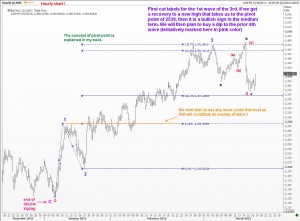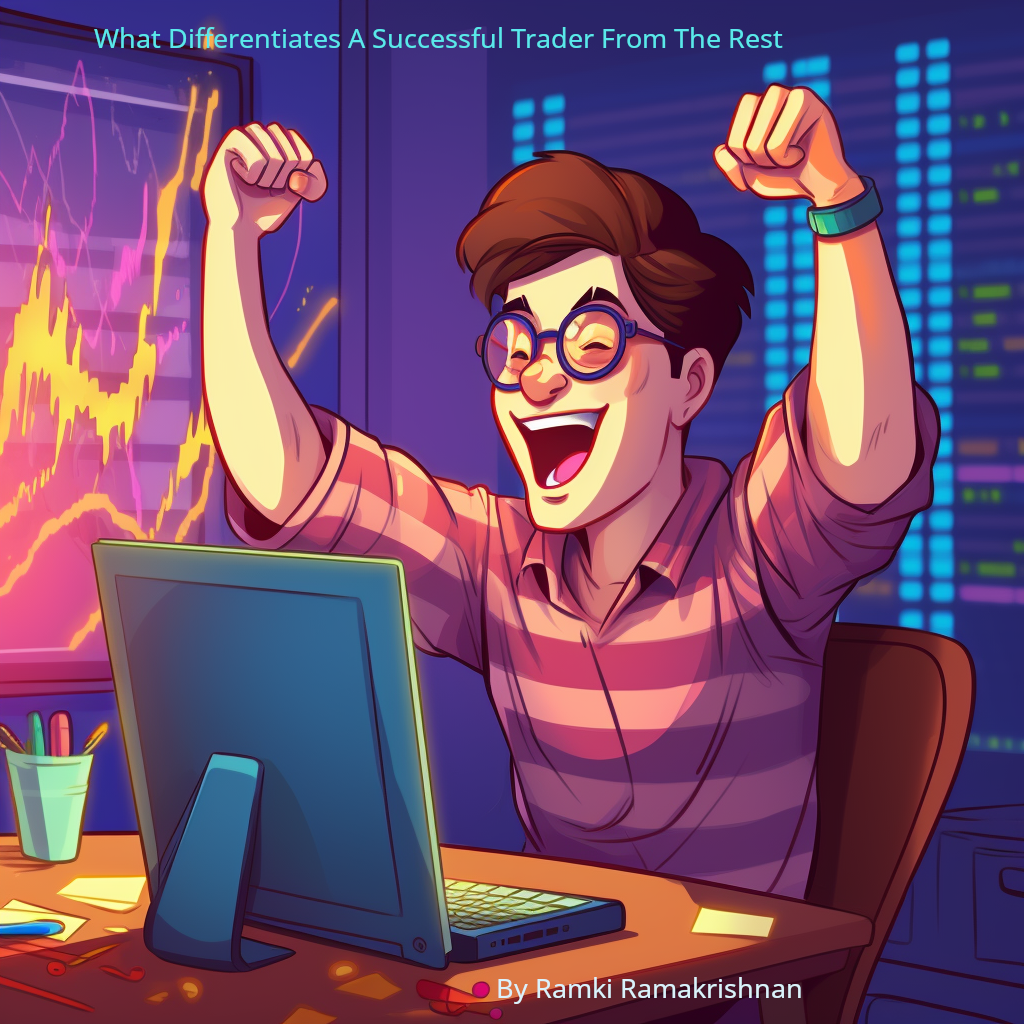In order to be successful in our investment activity, we should spend the required time to analyze the stock/index/commodity etc that we want to invest in. Once you identify what you are interested in, the next thing to do is to figure out what is a good price to get involved. Elliott Wave analysis will help you here to some extent. Take the Shanghai Stock Index for example. If you had spotted that a five wave rally had finished at 6124, will you be willing to buy the next dip? Probably not. You will have side stepped the entire sell off to 1664. After that, when the markets started to recover, you might have been tempted to trade the minor waves because your stops would have been affordable. Once again, when a five wave rally finished at 3478 in August 2009, you would have no longer been interested in buying until a correction was posted. But now things get more interesting. Are we in the threshold of a huge third wave? Perhaps yes, but who knows! THe best we can do is to wait for that sweet spot where buying makes sense. Now take a look at the first chart and read on.

In my book “Five Waves to Financial Freedom” I have explained that if wave 2 is a zigzag, the maximum distance it can travel is usually limited to the top of wave 1 of the lower degree. Clearly the ABC correction from 6124 finished well ahead of the top of wave 1. The new rally from the point C can (for now) be considered the start of the next leg of the cycle. This is why I have labeled that wave up to 3478 as wave 1 (Green color). The ensuing correction is a double zigzag, and till now it has stayed above the top of wave 1 of lower degree (see red horizontal line). If we now get a move above the reflex point in five waves, then we can be more conifdent of buying (in stages) from a 50% correction because any subsequent rally will be a third wave in the progression.This is ‘how’ we should really be using Elliott Waves. To plan ahead, and be aware of when the odds shift in our favor. The right plan and an ample supply of patience to wait for those sweet spots will reward you handsomely.
The next chart zooms a bit closer to look at the hourly charts. Once again, we attempt to label the waves. Remember that what I have shown are all tentative labels. There are so many ways one could label these waves that trying out every possible combination is a worthless endeavor. We should look at the chart and decide on one count that we like best. Then we should stick with it until proved wrong. This is the key. REMEMBER THAT NO ONE (repeat NO ONE) CAN EVER BE SURE ABOUT A WAVE COUNT UNTIL THE MOVE IS OVER. So what is the point of having labels? It is to help us have a plan to trade. If we are proved wrong, we get out! Simple as that.

(Thus, when I showed in my Forbes article that S&P500 could be approaching a significant top between 1435/1475, that is a work-in-progress. If anyone tells you that they KNOW already that some other count is what is correct, he/she is not sharing the real truth. We can only make judgement calls, and we will always have to bear in mind that the market is the master, and it will do whatever it wants irrespective of what fancy counts Ramki or anyone else can publish in a humble blog such as WaveTimes. By the way, just because I published it in Forbes does not make me any cleverer) Having understood the spirit of what I am trying to convey, take a look at the second chart and see if you can relate it to what you have read elsewhere in this blog, and maybe in my book “Five Waves to Financial Freedom”. Best wishes. Ramki

